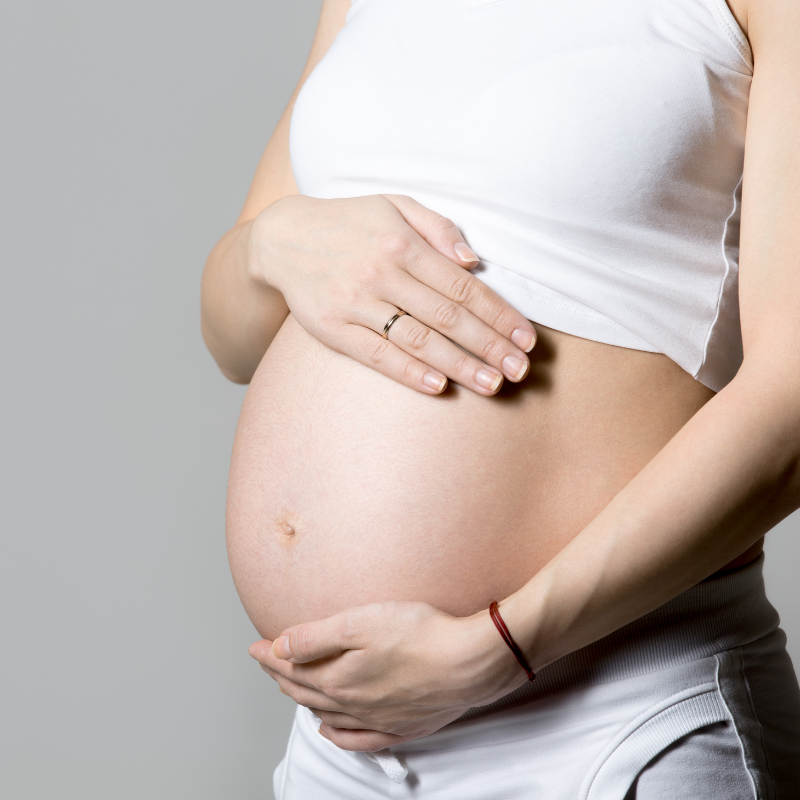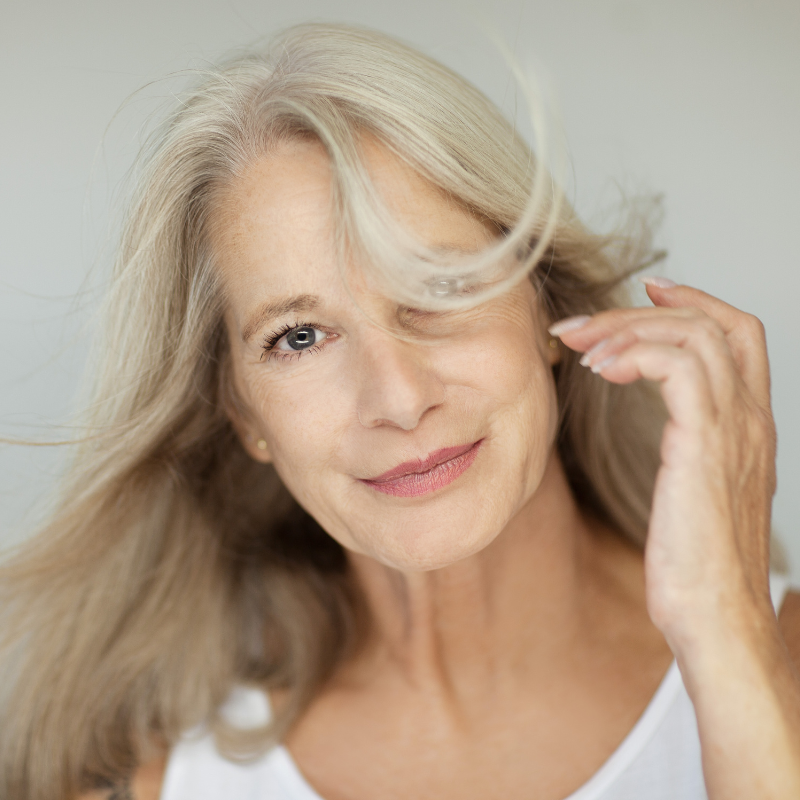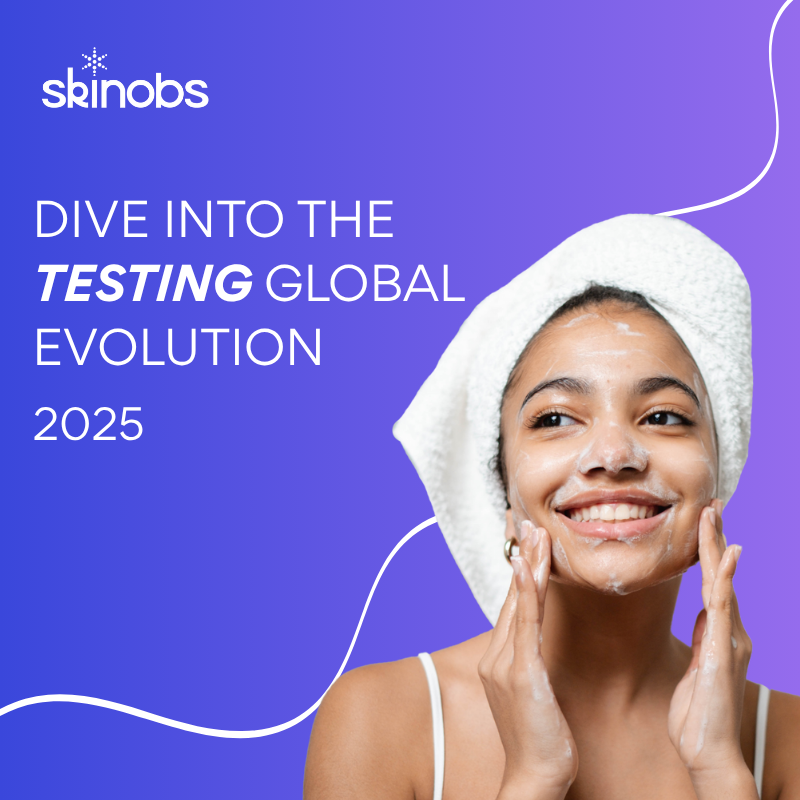Physiochemical properties of hair are impacted by many stressors ranging from physical, chemical, mechanical to environmental. A combination of several environmental factors such as sun exposure and air pollution can impact overall hair and scalp health. Damage induced by these aggressors impacts hair properties such as protein content, melanin oxidation, surface quality and structural components [1]. Hair and scalp care go hand in hand and prolonged exposure to pollution can cause scalp sensitivity. In this article, we will discuss the impact of environmental factors on hair and some of the treatment strategies that can help protect hair against these harmful effects.
Hair Structure
Hair is composed of heavily melanized keratin fibers. Hair keratins are classified as hard keratins, consisting of 65-96% proteins, 1-9% lipids, 3% melanin and other minor compounds. These proteins are the building blocks that contribute to the strength, flexibility, and overall health of hair. Hair is broadly structured in three layers: the cuticle, cortex, and the medulla. The cuticle forms the outermost coat of the hair shaft, acts as a protective wall shielding the inner layers and contributes to the feel and appearance of hair. The cuticle is subjected to many day-to-day insults such as washing, brushing, the use of thermal tools, UV radiation and pollution. Thus, the hair structure is gradually damaged. Next, we will review the impact of UV exposure and air pollution on hair properties.
Impact of UV radiation
Both UVA and UVB components of sunlight radiation are responsible for inducing damage to hair. It has been reported that morphological damage to the hair is caused by UVB and chemical changes in hair are caused by UVA [2].
UVB radiation (280-315 nm) affects hair approximately 5 µm beneath the surface [3] and localizes primarily in the cuticle area. It attacks the melanin pigment and protein fractions of hair [4]. UVB range is more harmful than UVA for hair damage: once the main chromophore of hair proteins absorbs UVB, UVA acts as a secondary cause of damage [1]. Effects of UVB radiation can be severe, resulting in the breakdown of di-sulfide bonds, which are fundamental to hair structural integrity. Such disruptions impact hair’s mechanical properties, resulting in the loss of tensile strength, increase in porosity and irregularities on the hair surface [5].
By Mythili Nori





